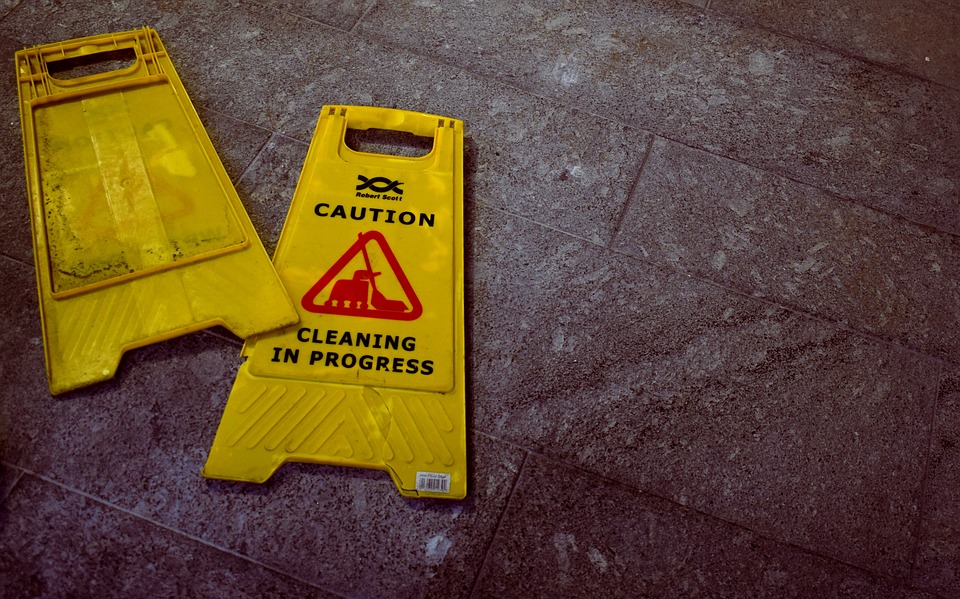According to the Centers for Disease Control and Prevention between 50% – 75% of elderly patients suffer a fall at a nursing home each year. However claims for falls at a nursing home aren’t limited to long term elderly residents. They can also happen to younger, short-term residents recovering from surgery, or to family members visiting their loved one at the home. How do these falls happen? A large percentage result from muscle weakness or gait problems in an elderly patient staying there. However environmental hazards play a large role too – such as equipment left in the hallway, slippery floors caused by spilled liquids, poor lighting, badly maintained wheelchairs, or beds that are set too high. Medications such as sedatives can also play a role. Given the type of clientele at a nursing home, it is not uncommon for such falls to lead to serious, debilitating fractures or even death.
How Can I Determine if I Have A Claim For A Fracture in a Nursing Home?
Whether you or your family member has a claim for a fracture suffered from a fall at a nursing home will depend on the circumstances of your fall. For example if the fall happened because of a slippery substance on the floor, your attorney will have to determine if a member of the nursing home staff caused the slippery substance to be on the floor. If so, and the slippery substance can be considered a dangerous hazard, then the nursing home can be held liable for injuries you suffered from the fall. The same analysis applies to any other hazards on the floor that cause you or your loved one to fall and suffer a fracture – if the negligence of the nursing home or its staff caused the hazardous object to be on the floor, it can be held liable for any injuries that result.
If the slippery or hazardous substance on the floor was not left their by a nursing home employee, then you will have to prove that the nursing home staff was aware, or should have been aware, that there was something on the floor which needed to be cleaned or removed. You can typically prove this type of case through a review of the medical records, witness testimony, and video if any exists. Sometimes the state of the substance on the floor can show that it was on the ground for a long time and not addressed by any staff.

If the fall is not caused by a hazardous object on the floor there are other ways in which a nursing home and its staff may be responsible for your or your loved one’s fall. Examples include not providing residents with known walking issues with a walker or wheelchair – or not paying attention to a resident’s decreasing ability to get around without help – and not watching elderly residents who are at a higher risk of falls closely or helping them walk from one place to another. This is especially important with residents who have Alzheimer’s because may forget that they cannot walk on their own. These falls could also happen due to understaffing at the nursing home resulting in poor attendance to those residents that need help getting around, or leaving a resident’s bed too high making it more difficult for them to get out of it. These types of fall and fracture cases can also be proven by a review of the medical records, doctor’s orders for the resident, and the support of nursing home experts.
Beyond proving that the nursing home was at fault for your fall, you will also have to show that your fracture was caused by the fall, and any future disabilities you or your loved one will have as a result of this fracture. This can be shown by both your records and the support of medical experts.
The Thistle Law Firm is experienced in handling cases involving fractures from falls at nursing homes. If you or a loved one suffered such a fracture at a nursing home, the attorneys at the Thistle Law Firm are here to take your call and answer your questions.

